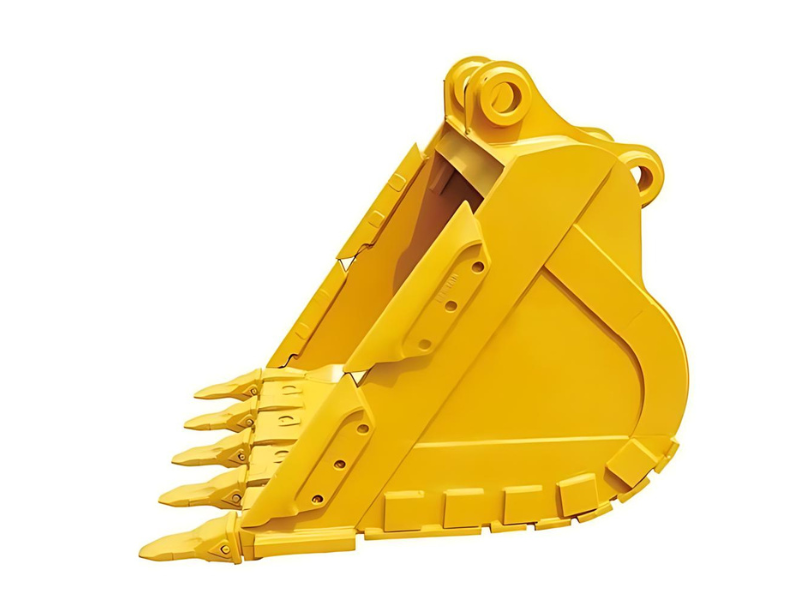
In heavy construction, mining, and quarrying industries, the efficiency of an excavator largely depends on one key attachment — the Rock Bucket. Designed to handle tough materials like granite, basalt, and limestone, a well-engineered rock bucket ensures that operators can move, load, and dig more effectively. But what makes one rock bucket better than another? The answer lies in its design, material strength, and compatibility with your excavator and site conditions.
This blog explores how the right Rock Bucket design can significantly enhance productivity, reduce downtime, and extend equipment life.
A Rock Bucket is not just a digging tool; it’s the heart of the excavator’s performance in rocky terrains. Unlike general-purpose buckets, rock buckets are built to withstand heavy impact and abrasive environments.
They are typically used for:
Breaking and handling large rocks or dense materials
Quarry and mining operations
Road construction and land development projects
Loading and trenching in compacted ground
When matched correctly to the application, a rock bucket can increase the excavator’s output by improving the efficiency of every scoop and reducing the number of passes required.
A rock bucket’s performance depends on several crucial design aspects. Let’s explore what defines a truly efficient bucket:
The curvature of the bucket determines how easily it can penetrate material and how efficiently it releases it.
A deep, V-shaped profile improves penetration in hard or compacted ground.
A shallow, wide profile is better for loading and sorting rocks.
An optimized design ensures the bucket fills quickly while requiring less power from the excavator — ultimately saving fuel and time.
Bucket teeth play a vital role in digging performance.
Sharper, pointed teeth are ideal for breaking rock surfaces.
Blunt or chisel teeth are used for handling loose rock.
Proper tooth spacing allows for maximum penetration without overloading the bucket, reducing strain on the hydraulic system.
Rock buckets endure extreme wear from constant contact with abrasive materials. High-quality designs include:
Side cutters and edge protectors to resist side wear
Hardox or wear-resistant steel liners for durability
Reinforced ribs and gussets to maintain bucket shape under stress
These features extend the bucket’s life while maintaining consistent performance.
Choosing the right material is essential. Heavy-duty rock buckets are often made from high-tensile or abrasion-resistant steel, providing strength without unnecessary weight. This balance allows operators to handle larger volumes safely.
No single bucket fits every need. To achieve maximum efficiency, consider:
Soil and Rock Type: Hard granite requires heavy-duty buckets, while softer rock can be handled with lighter designs.
Excavator Capacity: Ensure the bucket matches the machine’s lifting and hydraulic limits.
Application Type: For quarrying, opt for high-strength designs; for trenching, a narrow profile may be ideal.
Manufacturers often provide customization options — from different cutting edges to specialized teeth — ensuring the Rock Bucket fits the specific working conditions perfectly.
Even the most advanced bucket design requires regular care. Proper maintenance keeps efficiency high and costs low.
Inspect daily for cracks, bent edges, and worn-out teeth.
Replace worn teeth and side cutters promptly to prevent uneven wear.
Lubricate pivot points regularly to reduce friction.
Avoid overloading — excessive weight can damage the bucket and excavator arms.
Following these best practices can extend the life of your Rock Bucket by several years.
A well-designed Rock Bucket is an investment that pays off through better digging performance, reduced fuel consumption, and lower maintenance costs. By focusing on the right bucket geometry, tooth design, and material quality, you can significantly increase the overall productivity of your excavator.
Whether you’re working in a quarry, construction site, or mining operation, choosing the right Rock Bucket ensures your equipment performs at its peak — turning every excavation into a faster, more efficient process.
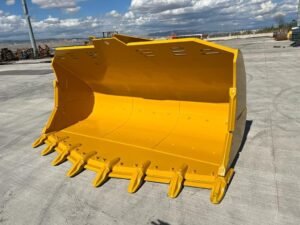
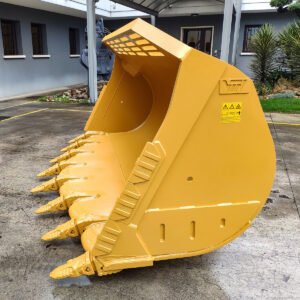
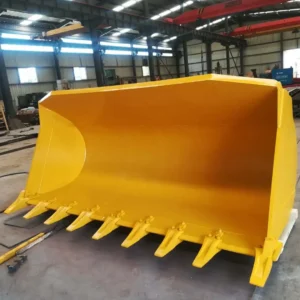
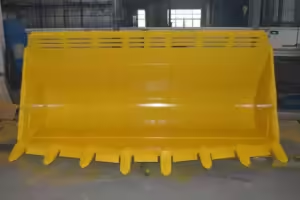
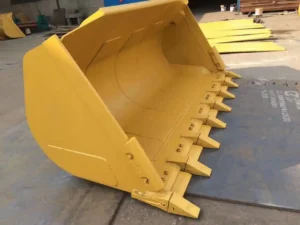
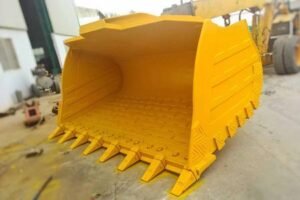
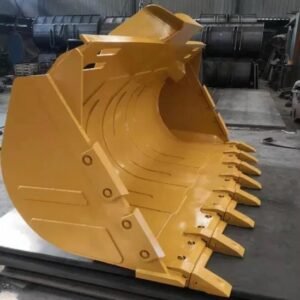
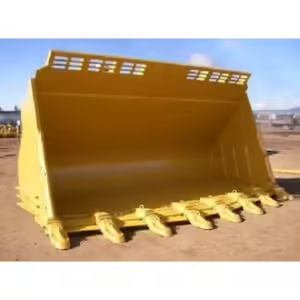
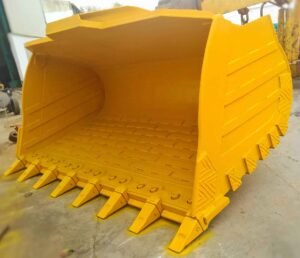
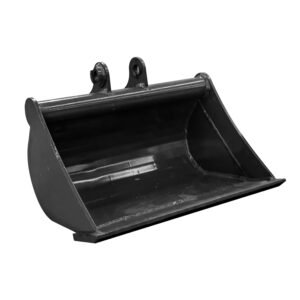
TEAM. All Rights Reserved. Developed by Pixel Tech.